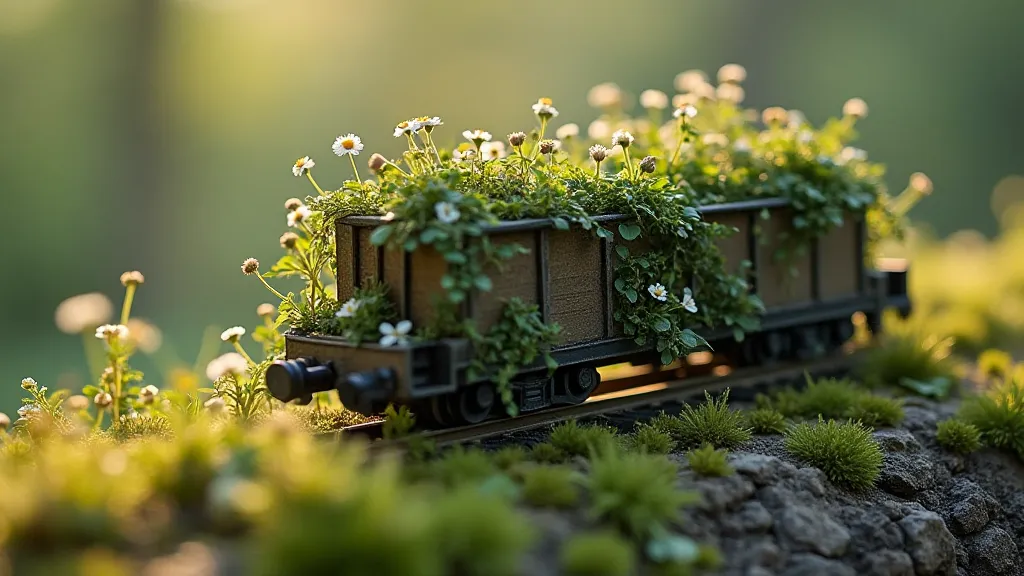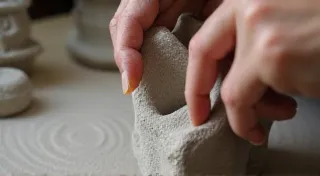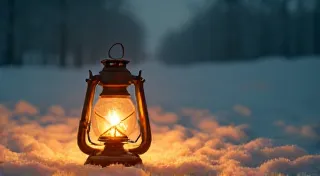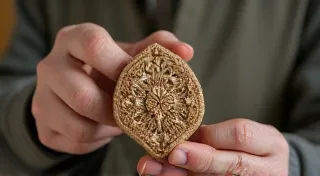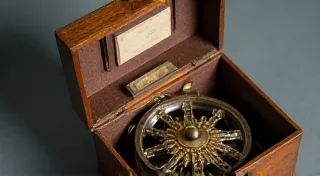A Field Guide to Miniature Flora: Adding Botanical Realism to Your Diorama
The soul of any great miniature railway diorama isn’t just the locomotives, the meticulously laid track, or even the perfectly sized buildings. It’s the feeling of immersion – that sense of having shrunk down and stepped into a living, breathing landscape. And often, the single most impactful element in achieving that immersion isn’t about grand gestures, but about something incredibly small and often overlooked: the flora. Like a single, perfectly placed antique accordion in a dusty attic, the accurate replication of native plants and foliage can add an astonishing depth of realism that elevates your entire scene from a static display to a portal.
I remember the first time I truly appreciated the power of botanical accuracy. I was building a small HO scale Pennsylvania coal loading facility. My initial attempts were...adequate. Lots of green, some vaguely tree-like shapes. It looked like a generic forest. Then, I stumbled upon an old photograph of the real-world facility. What struck me wasn't the locomotives or the buildings; it was the tenacious vegetation clinging to the steep banks – hardy shrubs, ferns, and wildflowers, all thriving in a surprisingly challenging environment. Suddenly, my generic forest felt…wrong. That’s when I began to research the flora native to the region, and the diorama transformed. The subtle variations in color, the careful placement of specific species, it all contributed to a far more believable and evocative scene.
Beyond Green: Understanding Regional Ecosystems
The crucial first step isn’t just choosing “pretty” plants; it’s understanding the ecosystem you're representing. What climate does your layout depict? What are the dominant plant species in that region? Pennsylvania isn't Arizona, and the plants must reflect that. Researching local botanical surveys, historical photographs, and even modern-day wildflower guides is invaluable. There are countless resources available online and in libraries. Consider the microclimates within your layout. A shaded ravine will support different vegetation than a sunny hillside. The detail here reveals a deep understanding and a passion for accuracy that will resonate with the discerning eye. Sometimes, recreating those subtle details can be incredibly complex, requiring a narrative approach that carefully crafts a believable setting—a practice we explored further in an article about crafting narrative dioramas.
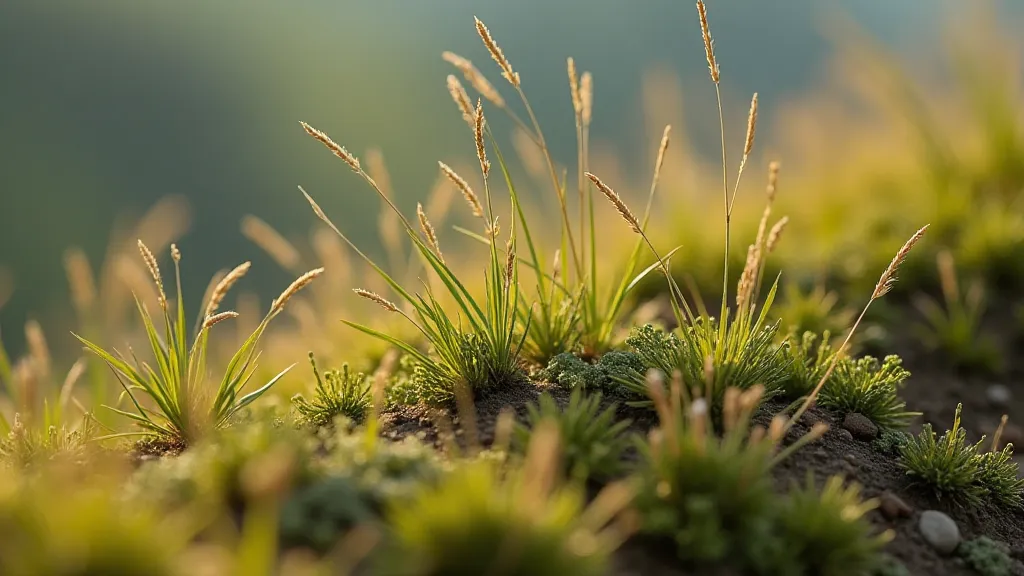
Materials and Techniques: From Static Grass to Scratch-Built Trees
The materials you use are just as important as the plants themselves. Static grass is excellent for creating vast meadows, but it can look flat and lifeless if not applied correctly. Layering different lengths and colors of static grass, and flocking with finer materials, adds texture and depth. Woodland Scenics and similar companies offer a wide range of products designed specifically for miniature railway scenery.
Scratch-building trees is a satisfying, albeit time-consuming, skill. The traditional method involves using wire armatures and applying layers of flocking. More advanced techniques involve using realistic bark textures and creating individual leaves. The key is to vary the tree species and sizes within your layout, just as you would in a real-world environment. Remember that even seemingly simple shrubs can require surprising levels of detail. Consider using dried mosses, lichen, and even finely chopped tea leaves to add realism to ground cover. Many modelers find that a consistent, reliable operation relies not only on aesthetics but on meticulous component health. Addressing and resolving electrical issues is crucial to that success—as discussed in detail in our piece about troubleshooting electrical gremlins.
Weathering and Aging: The Effects of Time and Environment
Even the most perfectly replicated plants will look unnatural if they don't reflect the passage of time and the effects of the environment. Weathering techniques are crucial. Applying washes of diluted paint, using dry brushing to highlight edges, and even adding subtle stains can simulate the effects of sun, rain, and wind. Observe how real-world vegetation changes over the seasons. Consider adding autumn colors to deciduous trees, or simulating the effects of snow cover.
Think of the painstaking work involved in restoring an antique accordion. The meticulous cleaning, the careful repair of delicate reeds, the gentle polishing of aged wood – each step reveals the passage of time and the craftsmanship of the original maker. Similarly, the subtle details you add to your miniature flora will tell a story about the history and character of your layout. Preserving that sense of authenticity – the weathering, the subtle imperfections – is a core principle in all aspects of the hobby, from landscaping to locomotive restoration. It's a pursuit of recreating a feeling, a memory of a place and time, and it can be surprisingly complex, a journey that requires a deep appreciation for the impact of time and the relentless march of entropy. As we’re always looking back and reflecting, we’re reminded of the preserving authenticity in miniature railroading.
Beyond the Standard: Replicating Unusual Flora
Don’t be afraid to go beyond the common grasses and trees. Consider the unusual plants that often thrive in unexpected places – ferns clinging to damp rock faces, wildflowers pushing through cracks in pavement, vines scrambling up buildings. These details add a layer of authenticity and intrigue that can truly set your diorama apart. Look at old photographs of industrial landscapes, and you'll often see surprisingly lush vegetation thriving amidst the machinery and structures. It’s these unexpected details that breathe life into a scene.
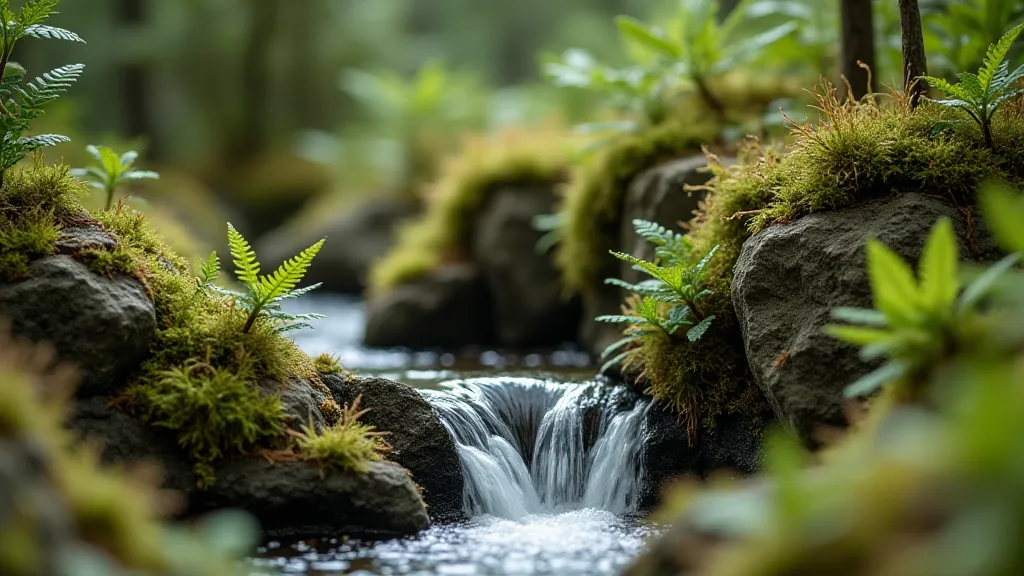
Planning and Documentation: The Cartographer's Role
Beyond the immediate aesthetics, meticulous planning is paramount. Before a single sprig of static grass is applied, a comprehensive understanding of the layout's scope and intended narrative is essential. This involves not only identifying the specific flora but also charting its placement and interaction with the surrounding elements. Just as a cartographer precisely maps a geographical region, the model railroader must chart their engine’s lifecycle – a complex undertaking encompassing maintenance schedules, operational parameters, and even anticipated obsolescence. We're always looking forward, examining potential future issues, so that we can proactively make changes and prepare.
Advanced Techniques: Mimicking Natural Processes
Truly exceptional dioramas go beyond mere replication; they seek to capture the essence of natural processes. Consider the patterns of erosion, the distribution of light and shadow, the way plants adapt to their environment. These details are often overlooked by novice modelers, but they can make a world of difference in the overall realism. Creating realistic ground cover, simulating the effects of rainwater runoff, even reproducing the subtle variations in soil color – these are all challenges that require a keen eye and a willingness to experiment. These kinds of efforts are vital when planning the charting your HO scale engine’s lifecycle.
The Patience of the Artisan: A Worthwhile Investment
Adding botanical realism to your miniature railway diorama is a time-consuming process, but the rewards are well worth the effort. It’s a skill that requires patience, attention to detail, and a genuine appreciation for the natural world. Think of the dedicated craftsman who painstakingly builds an accordion, reed by reed. The final product is a testament to their skill, their passion, and their commitment to quality. Your diorama, similarly, will be a reflection of your own dedication and artistry.
The key is to approach the task with a sense of curiosity and a willingness to experiment. Don't be afraid to make mistakes; learn from them, and keep practicing. Each new plant you add, each new technique you master, will bring your diorama closer to becoming a truly immersive and believable world. It’s not just about creating a display; it’s about creating an experience—a tiny window into a landscape that feels real, alive, and full of character. The smallest details, like those carefully placed plants, are the ones that ultimately make the biggest difference.
